The potential for reverse polarity damage has become more significant in recent years due to the proliferation of devices with rechargeable batteries. These batteries are often connected to charging circuits that can be sensitive to reverse polarity. As a result, improperly connecting the charger or inserting the battery backward can cause damage to the battery or the device it is powering.
Despite the risks associated with reverse polarity, many electronic devices are not protected against this type of damage. While some devices may have built-in protection circuits to prevent damage from reverse polarity, many do not. As a result, it is important for users to be aware of the risks associated with reverse polarity and to take steps to prevent it from occurring.
In this article, we will explore the effects of reverse polarity on electronic devices and discuss ways to prevent damage from occurring. We will also discuss common myths and misconceptions surrounding reverse polarity and provide tips for troubleshooting devices that have been damaged by reverse polarity. By understanding the risks associated with reverse polarity and taking steps to prevent it, users can ensure the longevity and performance of their electronic devices.
What Is Reverse Polarity?
This can happen accidentally or intentionally and can have serious consequences on the device’s performance and longevity. In the world of electronics, reverse polarity is a common issue that can lead to damage or even complete destruction of the device. The effects of reverse polarity can be especially devastating in high-power electronic devices such as computers, cell phones, and other sophisticated gadgets [1].
Reverse polarity can cause a variety of problems in electronic devices, ranging from simple glitches to severe damage. In some cases, the device may fail to turn on or operate properly, while in other cases, it may suffer permanent damage. When reverse polarity occurs in a device, the flow of electrical current is disrupted and the device may become overloaded. This can lead to overheating, melting, or even an explosion in extreme cases.
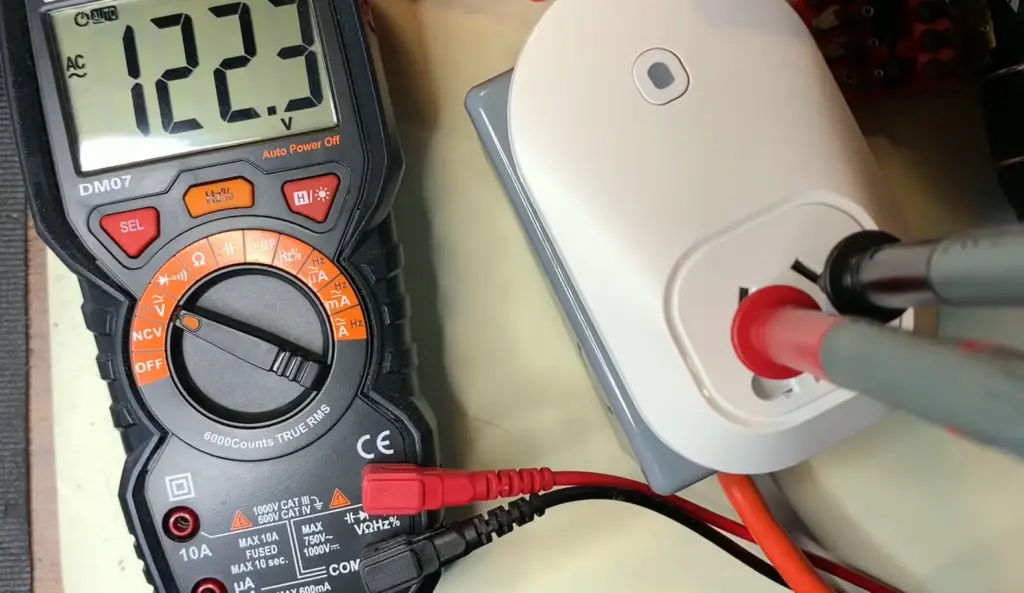
What Causes Reverse Polarity?
Reverse polarity occurs when the positive and negative connections of an electronic device are switched. This can happen for a variety of reasons, including human error, faulty wiring, and incorrect installation of batteries or other components. In many cases, reverse polarity is simply the result of carelessness or a lack of attention to detail.
For example, someone may accidentally connect the positive and negative leads of a battery backward when replacing it or connecting it to a charging circuit [2].
Another common cause of reverse polarity is faulty wiring or incorrect installation of components. In some cases, the wiring in a device may become damaged or disconnected, causing the polarity of the connections to become reversed. Similarly, improperly installing a component such as a diode or a capacitor can also cause reverse polarity.
Why is Reverse Polarity Bad?

When the polarity of the connections is reversed, the electrical current flows in the opposite direction than intended, disrupting the normal functioning of the device [3].
Here are some reasons why reverse polarity is bad for electronic devices:
- Overloading: Reverse polarity can cause an overload of electrical current in the device, which can damage the circuits and components. This can result in overheating, melting, or even an explosion in extreme cases;
- Battery Damage: If a rechargeable battery is connected with reverse polarity, it can become damaged or even ruined. The battery may not be able to hold a charge properly or may experience decreased capacity;
- Component Failure: Many electronic components are sensitive to reverse polarity and can be damaged or destroyed by it. For example, diodes and capacitors may fail or become permanently damaged, leading to a loss of functionality in the device;
- Safety Hazards: In some cases, reverse polarity can create safety hazards, such as fire or electrical shock. This is particularly true in high-power devices, where an overload of electrical current can lead to serious consequences;
Overall, reverse polarity can have serious consequences for electronic devices and their users. While some devices may have built-in protection circuits to prevent damage from reverse polarity, many do not. As a result, it is important for users to be aware of the risks associated with reverse polarity and to take steps to prevent it from occurring.
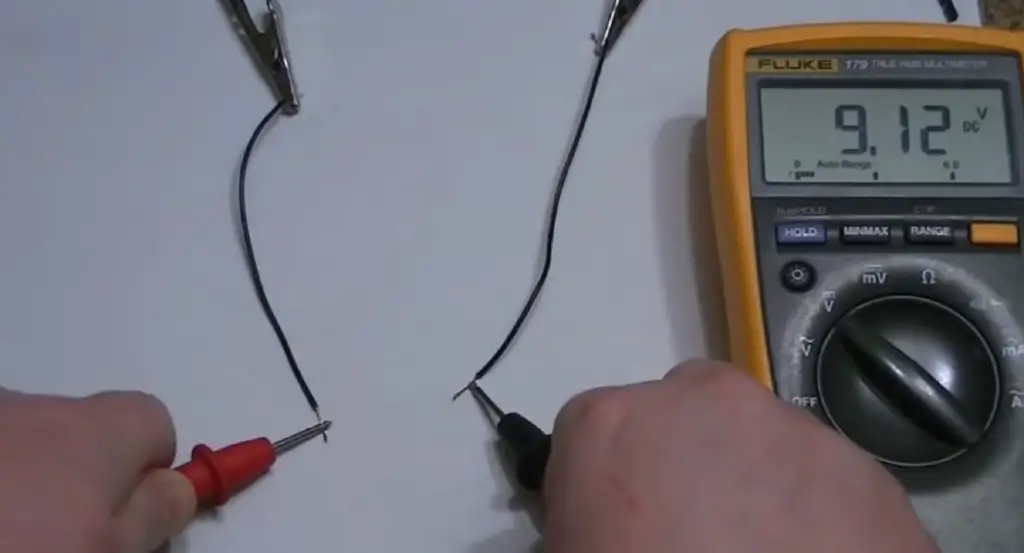
Why Do You Need Reverse Polarity Protection?
Reverse polarity protection is essential for electronic devices because it helps to prevent damage or even destruction of the device. When the positive and negative connections of an electronic device are mistakenly switched, reverse polarity protection can prevent the device from being damaged by ensuring that the electrical current flows in the correct direction [4].
Here are some reasons why you need reverse polarity protection:
- Prevent Damage: Reverse polarity protection can prevent damage to the circuits and components of an electronic device by ensuring that the electrical current flows in the correct direction. This can help to extend the life of the device and prevent the need for costly repairs or replacements;
- Ensure Safety: Reverse polarity protection can help to ensure the safety of users by preventing hazards such as fire or electrical shock. In high-power devices, an overload of electrical current due to reverse polarity can create serious safety hazards;
- Protect Rechargeable Batteries: Many electronic devices, especially those with rechargeable batteries, are sensitive to reverse polarity. Reverse polarity protection can help to prevent damage to the battery or the device it is powering, ensuring that the battery remains in good condition and operates as intended;
- Compliance with Standards: Some industries and applications require reverse polarity protection as a standard feature. For example, medical equipment or industrial machinery may require reverse polarity protection to comply with safety regulations and industry standards;
Some electronic devices may be more prone to reverse polarity than others. For example, devices with rechargeable batteries or those that require frequent maintenance may be more susceptible to reverse polarity damage. In these cases, it is important to follow the manufacturer’s instructions carefully and to pay close attention to the polarity of the connections when installing or replacing components.

How To Test For Reverse Polarity?
Testing for reverse polarity can help to ensure that electronic devices are connected correctly and prevent damage or malfunctions. There are several ways to test for reverse polarity, depending on the type of device and the tools available [5].
Here are some common methods:
- Multimeter: A multimeter is a versatile tool that can be used to test for reverse polarity. To do this, set the multimeter to the DC voltage mode and touch the positive and negative probes to the corresponding terminals of the device. If the reading is negative, it indicates that the polarity is reversed;
- LED Test Light: An LED test light is a simple tool that can be used to test for reverse polarity. Simply connect the alligator clips to the positive and negative terminals of the device and observe the light. If the light is off, it indicates that the polarity is reversed;
- Polarity Tester: A polarity tester is a specialized tool that is designed specifically for testing the polarity of electrical connections. This tool typically has two probes that are marked with a positive and negative symbol. Simply touch the probes to the corresponding terminals of the device and observe the indicator to determine whether the polarity is correct;
- Battery Tester: If you are testing the polarity of a battery, a battery tester can be used. Simply connect the positive and negative terminals of the battery to the tester and observe the reading. If the reading is negative, it indicates that the polarity is reversed;
How To Fix Reverse Polarity?
Fixing reverse polarity is a relatively straightforward process that typically involves switching the positive and negative connections of the device or component. However, it is important to take the necessary precautions and follow the correct steps to avoid damaging the device or causing a safety hazard.
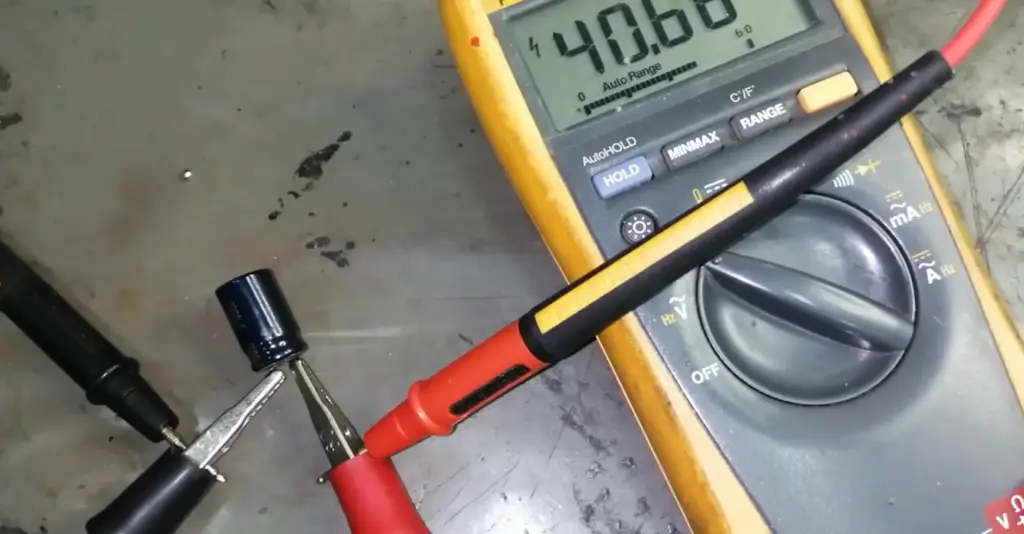
Here are some steps to follow to fix reverse polarity:
- Turn off the power: Before attempting to fix reverse polarity, make sure to turn off the power supply to the device or circuit to prevent electrical shock or other hazards;
- Identify the connections: Locate the positive and negative connections of the device or component that is experiencing reverse polarity. Typically, the positive connection is marked with a plus (+) symbol, and the negative connection is marked with a minus (-) symbol;
- Disconnect the wires: Use a screwdriver or pliers to disconnect the wires from the positive and negative connections;
- Swap the connections: Once the wires have been disconnected, switch the positive and negative wires, ensuring that the positive wire is now connected to the positive terminal, and the negative wire is connected to the negative terminal;
- Reconnect the wires: Use a screwdriver or pliers to reconnect the wires to the correct terminals, making sure that they are securely attached;
- Test the device: After the connections have been fixed, turn the power back on and test the device to ensure that it is functioning correctly;
What Can You Do to Prevent Reverse Polarity:
1) Adding a Protection Diode
A protection diode, also known as a rectifier diode, is a semiconductor device that allows electrical current to flow in one direction while blocking it in the opposite direction. It is often used in electronic circuits to protect sensitive components from reverse polarity or voltage spikes.
When reverse polarity occurs, the protection diode blocks the flow of electrical current, preventing it from damaging the sensitive components. This helps to prevent damage to electronic devices and circuits, as well as reduce the risk of safety hazards [6].
Adding a protection diode is a relatively simple process that can be done by anyone with basic knowledge of electronics. Here are the steps to follow:
- Identify the polarity: Before adding a protection diode, it is important to identify the polarity of the device or circuit. Typically, the positive connection is marked with a plus (+) symbol, and the negative connection is marked with a minus (-) symbol;
- Select a diode: Choose a protection diode that is compatible with the voltage and current requirements of the device or circuit. It is also important to choose a diode with a high enough power rating to handle any voltage spikes or surges;
- Connect the diode: Connect the protection diode in series with the positive connection of the device or circuit. This ensures that the diode will block the flow of electrical current in the event of reverse polarity;
- Test the device: After the diode has been installed, test the device to ensure that it is functioning correctly;
By adding a protection diode, users can prevent reverse polarity from damaging their electronic devices and circuits. However, it is important to choose the correct diode and follow the appropriate steps to ensure that the diode is installed correctly.
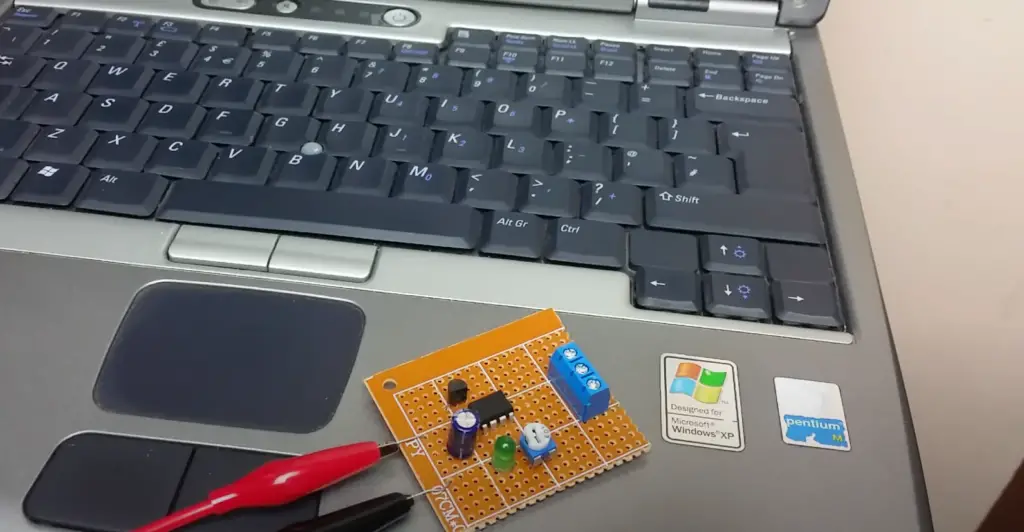
2) Adding a Schottky Diode
A Schottky diode, also known as a hot carrier diode, is a semiconductor device that is commonly used in electronic circuits to prevent reverse polarity. It works by using a metal-semiconductor junction to allow electrical current to flow in one direction while blocking it in the opposite direction.
Schottky diodes are known for their low forward voltage drop, which makes them ideal for use in low-voltage applications. They are also fast-switching and have low junction capacitance, which makes them suitable for use in high-frequency circuits [7].
Adding a Schottky diode is another effective way to prevent reverse polarity. Here are the steps to follow:
- Identify the polarity: Before adding a Schottky diode, it is important to identify the polarity of the device or circuit. Typically, the positive connection is marked with a plus (+) symbol, and the negative connection is marked with a minus (-) symbol;
- Select a diode: Choose a Schottky diode that is compatible with the voltage and current requirements of the device or circuit. It is also important to choose a diode with a low forward voltage drop to minimize power losses;
- Connect the diode: Connect the Schottky diode in series with the positive connection of the device or circuit. This ensures that the diode will block the flow of electrical current in the event of reverse polarity;
- Test the device: After the diode has been installed, test the device to ensure that it is functioning correctly;
Schottky diodes are widely used in various electronic devices and circuits, including power supplies, voltage regulators, and motor control circuits. They are also commonly used in battery-powered devices, such as smartphones and laptops, to prevent reverse polarity and ensure safe and reliable operation.
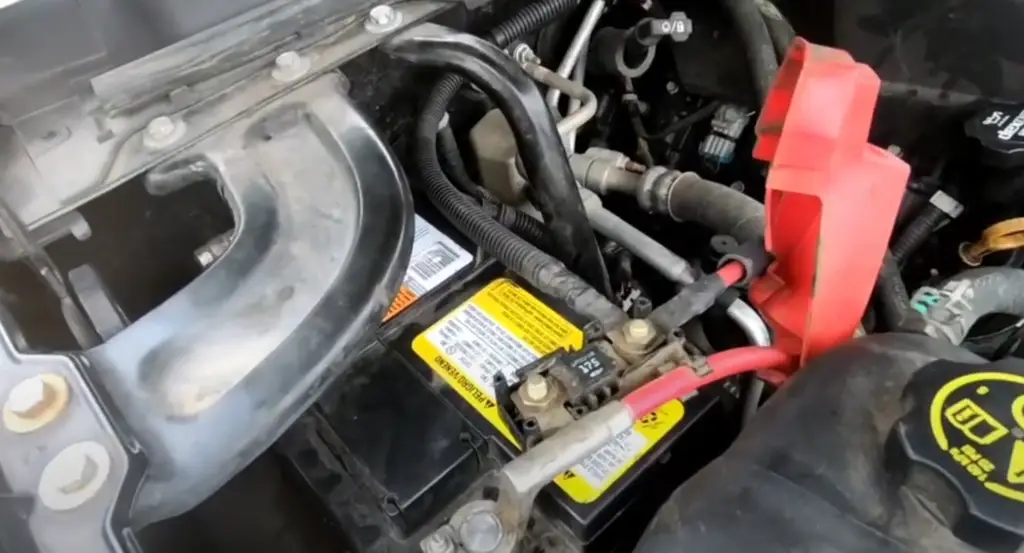
Can Reverse Polarity Cause a Fire?
Reverse polarity has the potential to cause a fire if it is not corrected promptly or if the electrical system is overloaded. When the electrical current flows in the wrong direction, it can cause overheating and damage to the device or circuit. This can result in a short circuit, which can ignite nearby combustible materials and cause a fire.
Additionally, reverse polarity can cause other electrical issues that may lead to a fire. For example, it can cause the wiring to overheat or melt, which can result in a fire. It can also damage the electrical equipment, leading to a malfunction that could start a fire.
Therefore, it is important to take reverse polarity seriously and address it promptly to prevent the risk of a fire. By following the appropriate safety guidelines and seeking professional help if needed, users can ensure that they are working safely and effectively with electronic devices and circuits.
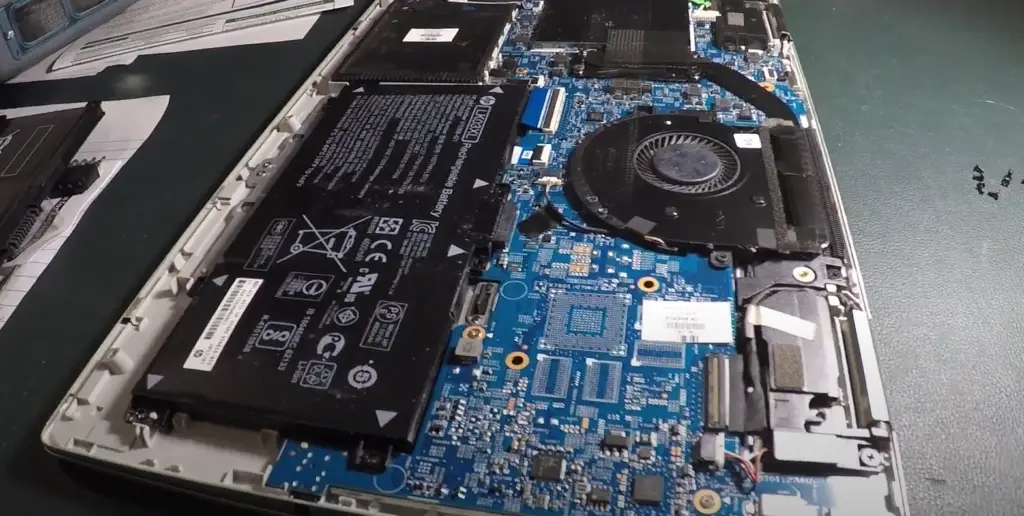
Safety Guidelines:
When dealing with electrical devices and circuits, safety should always be a top priority.
Here are some safety guidelines to follow when working with reverse polarity:
- Turn off the power: Always turn off the power to the device or circuit before attempting to fix reverse polarity;
- Use proper tools: Use the appropriate tools and equipment for the task, such as insulated screwdrivers and pliers;
- Wear protective gear: Wear protective gear, such as safety glasses and gloves, to protect against electrical shock and other hazards;
- Double-check connections: Before turning the power back on, double-check the connections to ensure that they are correct and securely attached;
- Follow instructions: Follow the manufacturer’s instructions and guidelines when working with electronic devices and circuits;
- Seek professional help: If you are unsure about how to fix reverse polarity or encounter any problems, seek the help of a qualified electrician or technician;
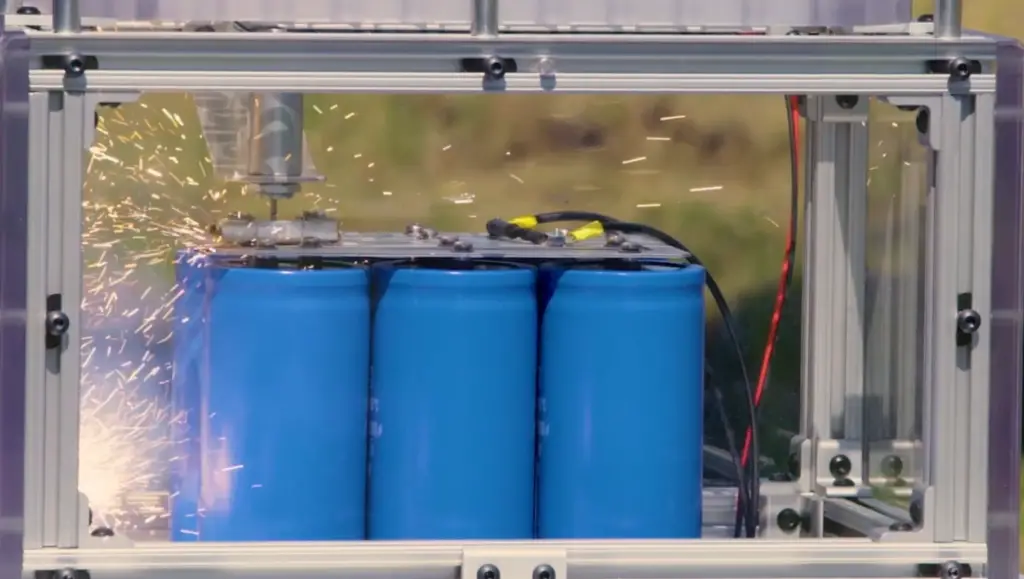
FAQ
1. What happens if the polarity is reversed?
If the polarity is reversed, the electrical current will flow in the opposite direction from what is intended. This can cause various issues depending on the device and circuitry involved. In some cases, the device may not function at all, while in others, it may function improperly or even become damaged. Reverse polarity can also pose a safety hazard, particularly if it results in a short circuit or electrical shock.
2. What happens if you use the power supply with the wrong polarity?
Using a power supply with the wrong polarity can cause damage to the device or circuitry being powered. This is because the electrical current will flow in the opposite direction than what is intended, potentially causing the device to malfunction or fail completely. In some cases, the device may be able to handle the reverse polarity for a short period of time, but prolonged exposure can lead to permanent damage.
3. Can reverse polarity causes a short circuit?
Yes, reverse polarity can cause a short circuit if the electrical current flows in unintended directions and causes a sudden surge of electricity. This can overload the circuit and cause it to shut down or even create sparks, heat, or fire. Short circuits caused by reverse polarity are particularly dangerous, as they can result in significant damage to the device or circuitry, as well as pose a safety hazard to anyone nearby.
4. What are the risks of reverse polarity?
The risks of reverse polarity include damage to electronic devices and circuitry, short circuits, electrical shock, and even fire. When the electrical current flows in the opposite direction than what is intended, it can cause various issues, including malfunction, failure, and damage. Reverse polarity can also pose a safety hazard, particularly if it results in a short circuit or electrical shock.
5. Will reverse polarity damage LED?
Yes, reverse polarity can damage LEDs (Light Emitting Diodes). LEDs have a specific polarity requirement, and if the electrical current flows in the opposite direction, it can cause the LED to fail or become damaged. In some cases, the LED may still function, but it may have reduced brightness or a shorter lifespan.
6. Does polarity matter in electronics?
Yes, polarity matters in electronics. Many electronic devices and components have a specific polarity requirement, meaning they need to be connected in a specific orientation to function correctly. If the polarity is reversed, it can cause issues ranging from malfunction to permanent damage.
7. Can reverse polarity cause voltage drop?
Yes, reverse polarity can cause a voltage drop. When the electrical current flows in the opposite direction than what is intended, it can cause a reduction in voltage, leading to a voltage drop. This can cause issues with electronic devices and circuitry, particularly those that require a consistent voltage to operate correctly.
8. Why do magnets reverse polarity?
Magnets can reverse polarity due to various factors, including exposure to heat, shock, or magnetic fields. When a magnet is exposed to these factors, it can cause the magnetic domains within the magnet to shift, causing the polarity to reverse. This can lead to changes in the magnet’s properties, such as reduced strength or altered magnetic field direction.
9. Is reversed polarity rare?
Reversed polarity is not necessarily rare, but it can be avoided with proper installation and use of electronic devices and circuitry. However, in some cases, reversed polarity may occur due to human error, faulty wiring, or incorrect installation of components. It is important to take precautions to prevent reverse polarity and to address any issues that arise promptly to avoid damage or safety hazards.
10. Does reverse polarity ruin a battery?
Reverse polarity can have detrimental effects on batteries. When batteries are connected in reverse, the current flows in the opposite direction of what it should be, causing the battery to discharge rather than charge. This can lead to the battery being damaged or even destroyed in some cases.
11. How long does it take to reverse polarity?
The time it takes to reverse polarity depends on the specific situation. If the reverse polarity is caused by accidentally connecting the battery or power source in reverse, it happens instantly. However, if there is a gradual buildup of reversed voltage, it could take longer for the polarity to fully reverse.
12. Can reverse polarity damage the capacitor?
When a capacitor is connected in reverse, the voltage across the capacitor increases in the opposite direction, causing the dielectric material to break down. This can lead to the capacitor being damaged or even exploding in some cases.
13. Will reverse polarity damage an inverter?
Reverse polarity can damage inverters. Inverters are designed to convert DC power to AC power, but if the DC power is connected in reverse, the inverter will not function properly and may be damaged [8].
14. How does polarity affect a circuit?
Polarity affects a circuit by determining the direction of current flow. Most electronic devices are designed to operate with a specific polarity, and connecting them in reverse can cause the device to malfunction or be damaged.
15. Can reverse polarity start the fire?
Reverse polarity can potentially start a fire if the current flowing through the circuit is high enough to cause overheating or if there is a short circuit. This is why it is important to take precautions to prevent reverse polarity in electrical systems.
16. What happens when the electric current is reversed?
When the electric current is reversed, the direction of the flow of the electrons changes. This can cause various effects, depending on the specific circuit and components involved. In some cases, it can cause the circuit to malfunction or even be damaged.
17. How much reverse voltage can a diode handle?
The reverse voltage that a diode can handle depends on its specific rating. Diodes are designed to allow current to flow in one direction and block it in the reverse direction, but if the reverse voltage exceeds the diode’s rating, it can be damaged.
18. What is the reverse voltage of a 5mm LED?
The reverse voltage of a 5mm LED is typically rated at around 5 volts. This means that if the voltage applied to the LED is reversed, the LED can only withstand up to 5 volts before it breaks down and becomes damaged. It is important to note that different types of LEDs can have different reverse voltage ratings, so it is important to consult the datasheet of the specific LED being used to ensure it is properly rated.
19. Why does polarity affect strength?
Polarity affects strength in electrical circuits because it determines the direction of the current flow. In a direct current (DC) circuit, the flow of electrons is always in one direction, from the negative terminal of the voltage source to the positive terminal. If the polarity is reversed, the current will flow in the opposite direction, which can cause damage to components in the circuit or result in the circuit not working properly. In an alternating current (AC) circuit, the direction of the current flow changes constantly, so polarity is not a factor in determining the strength of the current.
20. What happens if you reverse polarity on a multimeter?
If you reverse polarity on a multimeter, the readings on the meter will be negative, indicating a negative voltage or current. This can be dangerous if the circuit being tested is not designed to handle negative voltages or currents, as it can damage components or cause injury. It is important to ensure that the multimeter is properly set to measure the correct voltage or current and that the polarity is correctly identified before testing any circuit.
21. What happens if you reverse the polarity on a light fixture?
If you reverse the polarity on a light fixture, the fixture may not work at all, or it may work incorrectly. This is because the polarity of the electricity determines the direction of the current flow through the fixture, which in turn affects how the fixture functions. In some cases, reversing the polarity of a light fixture may cause damage to the fixture or the wiring, so it is important to ensure that the polarity is correctly identified before installation or maintenance.
22. Will reverse polarity damage a laptop?
Reverse polarity can damage a laptop if the polarity of the power supply is reversed when it is plugged in. This can cause a surge of electricity to flow through the laptop, which can damage components such as the motherboard or power supply. It is important to ensure that the power supply is correctly polarized before plugging it into a laptop or any other electronic device.
23. Why do polarized capacitors explode?
Polarized capacitors can explode if they are connected with the wrong polarity or if they are subjected to high voltages or temperatures. This can cause the electrolyte inside the capacitor to boil or evaporate, which can rupture the casing and release flammable gases. This can be dangerous and can cause injury or damage to surrounding components. It is important to ensure that polarized capacitors are properly identified and installed with the correct polarity, and that they are not subjected to voltages or temperatures that exceed their specifications.
24. How do you protect battery polarity reversal?
One way to protect against battery polarity reversal is to use a diode in series with the battery. The diode will only allow current to flow in one direction, preventing reverse current flow that can damage the battery or other components in the circuit.
Another way to protect against battery polarity reversal is to use a battery holder with polarized connectors that prevent incorrect insertion of the battery. It is also important to label batteries and equipment with the correct polarity to avoid confusion or mistakes.
25. Can a 12v battery reverse polarity?
Yes, a 12V battery can reverse polarity if it is connected incorrectly. This can happen when the positive and negative terminals are connected to the wrong terminals of the device being powered. If this occurs, the battery may be damaged and can even explode, causing a safety hazard. It is important to always double-check the polarity before connecting the battery to any device.
26. How do you check polarity without a multimeter?
One way to check polarity without a multimeter is by using a simple circuit with a light bulb or LED:
- First, connect a resistor and the light bulb/LED in series;
- Then, touch the negative terminal of the battery to one end of the resistor, and the positive terminal to the other end;
- If the light bulb/LED lights up, the polarity is correct;
- If it doesn’t light up, switch the terminals and try again. If it still doesn’t light up, the battery may be dead;
27. Why does polarity change in AC?
Polarity changes in AC (alternating current) because the direction of the current flow changes constantly. In an AC circuit, the voltage and current change direction periodically, with the direction of the current reversing 60 times per second in a typical 60Hz AC power system. This means that the polarity of the circuit is constantly changing.
This is different from DC (direct current) circuits, where the voltage and current flow in the same direction and the polarity remains constant. The changing polarity of AC allows it to be transmitted over long distances with less power loss than DC, making it the preferred choice for power transmission in most cases.
Useful Video: Determining Capacitor Polarity and connect in correct ways. Reverse connection will damage
References
- https://blog.matric.com/pcb-design-guide-reverse-polarity-protection
- https://www.quora.com/Can-reverse-polarity-damage-electronics
- https://homeinspectioninsider.com/reverse-polarity/
- https://www.calendar-canada.ca/faq/can-reverse-polarity-damage-electronics
- https://www.reddit.com/r/techsupport/comments/pgidzp/can_using_the_wrong_polarity_power_supply_damage/
- http://www.nerdkits.com/forum/thread/1849/
- https://devxplained.eu/en/blog/reverse-polarity-protection
- https://www.powerelectronictips.com/how-can-you-provide-reverse-polarity-protection/





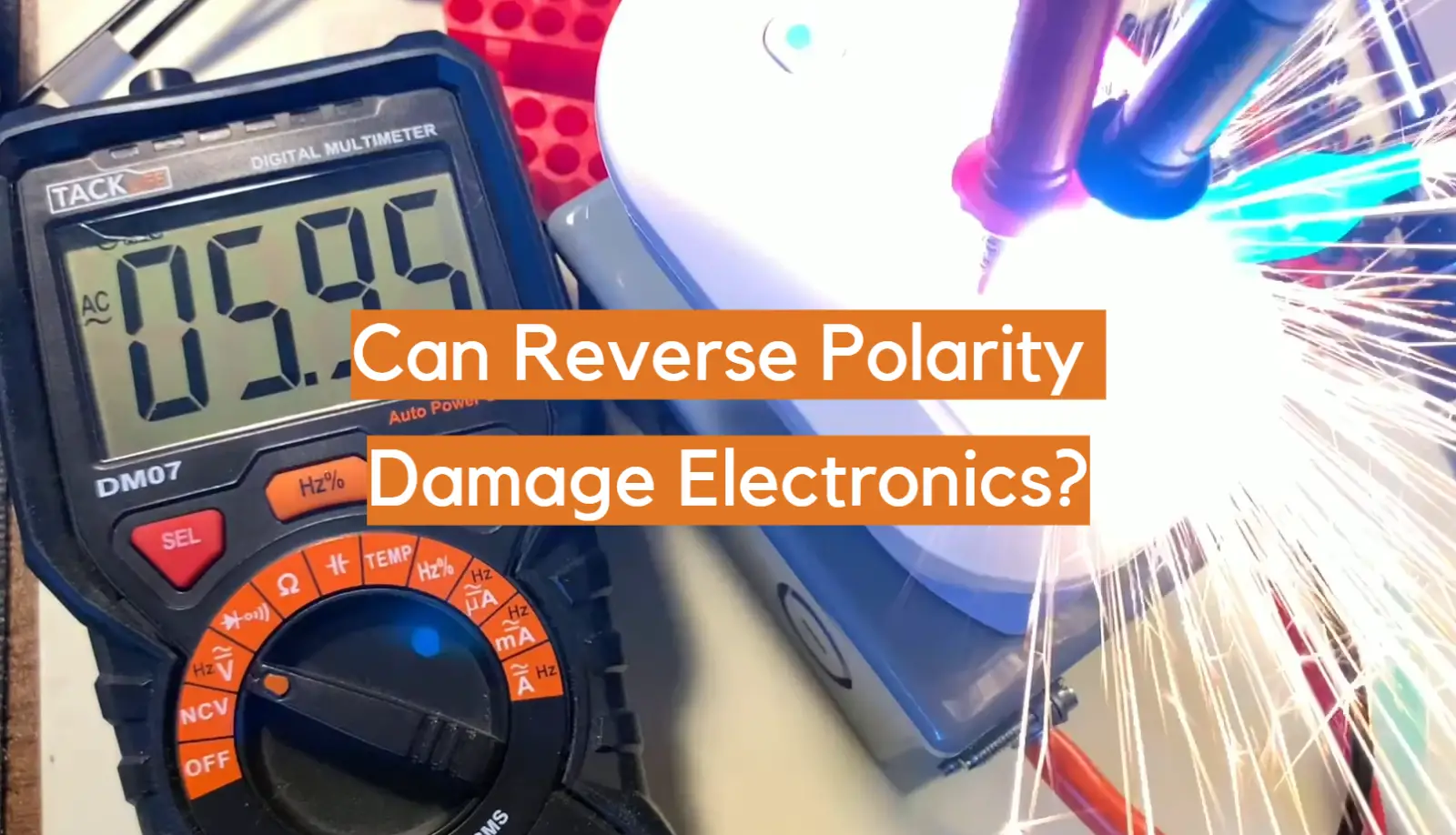





Leave a Reply